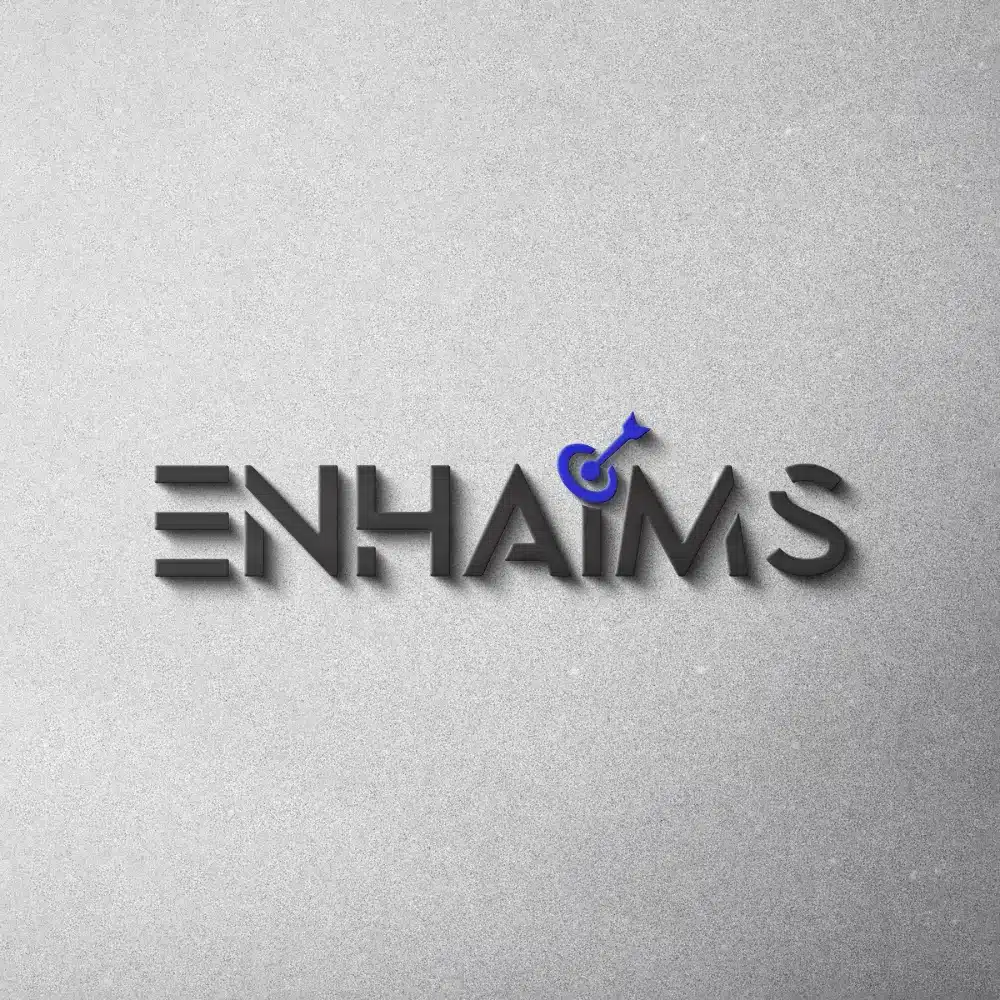Frequently Asked Questions
How does Enhaims define the scope of a project before starting?
Before any project begins, we collaborate with clients to define a detailed scope document. This includes technical deliverables, goals, success metrics, integrations, timelines, and budget parameters. We ensure mutual understanding by breaking down the roadmap into milestones, minimizing assumptions, and aligning on expectations from day one.
What happens if my requirements change mid-project?
We understand that change is natural in dynamic business environments. If your priorities shift, we follow a structured change management process. This includes impact assessment, updated timeline/cost evaluation, and transparent approvals, ensuring flexibility without jeopardizing quality or delivery goals.
How do you ensure that scope creep is avoided?
Scope creep is prevented through precise documentation, sprint-based development, and regular stakeholder reviews. We maintain a “no surprises” approach, where every new request is evaluated for feasibility and impact. By keeping communication open and documentation airtight, we avoid misalignment.
Will I be involved in scope decisions after the project starts?
Absolutely. Clients remain at the heart of all decisions. We host regular check-ins, roadmap reviews, and demo sessions. You’ll always know what’s being worked on, what’s coming next, and how any requested changes will be managed.
How do you manage expectations when multiple stakeholders are involved?
We begin every project with stakeholder mapping and priority alignment sessions. This helps us balance perspectives, avoid miscommunication, and provide a single point of contact. We make sure decisions reflect collective goals, whether you’re a startup founder or enterprise leadership team.
Can I request new features during the build phase?
Yes, but with clarity. New features are carefully reviewed against the existing scope. If they significantly impact the timeline or budget, we propose an updated project plan or phase them into future releases. Nothing is added without your approval.
What tools or methods do you use to track scope and progress?
We use a custom-built CRM tailored by our team specifically for our clients, combined with Agile/Scrum methodologies. Real-time dashboards, progress boards, and shared timelines provide full transparency and ensure alignment at every stage of the project.
How do you handle misunderstandings in scope interpretation?
Misunderstandings are rare due to our collaborative documentation and review process. If they occur, we prioritize resolution through transparent communication. Our escalation model ensures concerns are addressed swiftly, respectfully, and with a focus on mutual outcomes, not blame.
